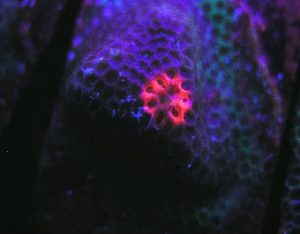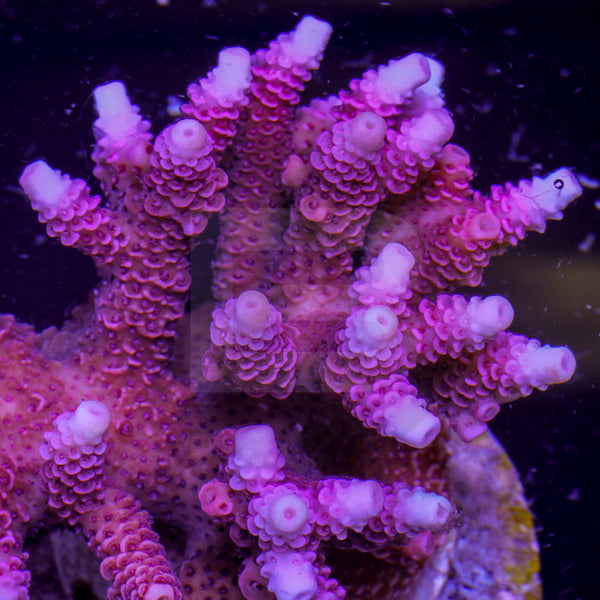- Joined
- Aug 20, 2016
- Messages
- 523
- Reaction score
- 609
I love Neon Pink Acros such as Neon Pink Milleporas.
Back when Milleporas came in frequently, I can get a pink Millepora, but was not successful in maintaining the color.
Nowaday, Thanks very much to the knowledge taught by Dana Riddle in wavelength of light and coral proteins.
I would like to try again.
I wonder if Neon Pink is a florescent or a non-fluorescent protein in a Millepora?
I would like a pink millepora color like a Pink Bird's nest coral.
If Pink is a florescent protein, then I should utilize more UV wavelength to enhance the pink?
However, Dana Riddle mentioned orange and red florescent corals may prefer lower PAR levels.
Please share your ideas, thoughts, and experience for a vibrant pink.
Thank you!
Back when Milleporas came in frequently, I can get a pink Millepora, but was not successful in maintaining the color.
Nowaday, Thanks very much to the knowledge taught by Dana Riddle in wavelength of light and coral proteins.
I would like to try again.
I wonder if Neon Pink is a florescent or a non-fluorescent protein in a Millepora?
I would like a pink millepora color like a Pink Bird's nest coral.
If Pink is a florescent protein, then I should utilize more UV wavelength to enhance the pink?
However, Dana Riddle mentioned orange and red florescent corals may prefer lower PAR levels.
Please share your ideas, thoughts, and experience for a vibrant pink.
Thank you!





















